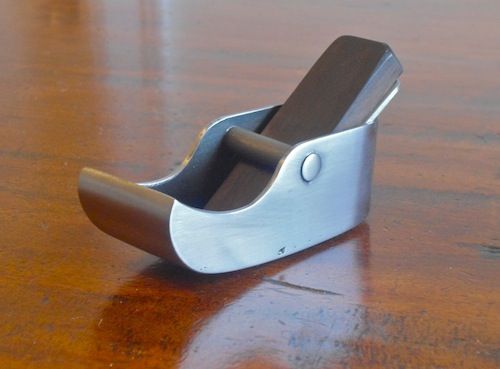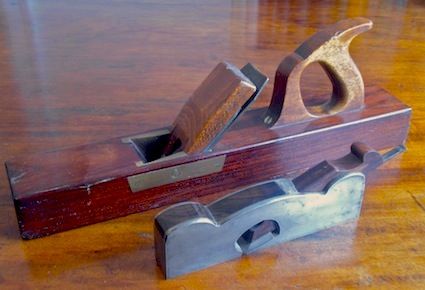The remaining tools from the Antonio Stradivari workshop are kept in the museum in Cremona – Museo del Violino. The tools give an interesting glimpse into the working practices used in the Stradivari workshop during the early 18th Century. Over the years, I’ve copied and adapted some of them to make instruments in the workshop.
The original tools were passed down through Antonio Stradivari’s family, to his youngest son, Paolo Stradivari. In the late 18th Century Paolo sold them to Italian violin collector Count Cozio. After being kept by Count Cozio and his descendents, they were finally sold in the early 20th Century to violin maker Giuseppe Fiorini. In a generous gesture, he donated the entire collection of tools and Stradivari templates/forms to the City of Cremona in 1930.
A few years ago, I was inspired by a colleagues efforts to copy the scrapers (a simple steel scraping tool) from the museum collection. I copied a few of the Stradivari scrapers and they fit very well to certain tasks in making a violin.
Original scraper tools
Taking this a step further, I was curious to copy the planes from Stradivari. Below is one of four iron planes in the museum. The body is made from two pieces of sheet iron. The sides are from one piece, bent around to form the two sides and curved back of the plane. The sole of the plane is bent to shape, curving up at the front of the plane. The blade is held in place with a wooden wedge against a metal pin.

I think the size of this plane should make it well suited for cello making. I look forward to see how efficiently it works making my next cello!
This project was also a little inspired by tools my grandfather and great-grandfather made years ago. (below) Some of these perform beautifully and I still use a few for certain jobs in the workshop.
Note: The Museum in Cremona sent me more photos and more dimensions of the Stradivari planes. Though they asked me not to publish these, I’m pleased to share this information with interested luthiers.




